Defining Workplace Goals is a Vital First Step to an Effective Retirement Plan
Retirement plans can be as unique as your company and its employees. Yet many committees do not take the time to set specific goals for their plans. Without defined goals, it can be difficult to create an effective retirement plan that meets expectations. Here’s helpful guidance when it comes to defining your plan goals and maximizing the value of your plan as a benefit.
“If you don’t know where you’re going, any road will get you there.” – Lewis Carroll
Each time you discuss the company’s 401(k) plan, it is an opportunity to identify goals and align plan design.
Aligning plan goals with specific features is likely to improve outcomes, both for the plan sponsor and the participants. Considerations might include who is eligible, whether to make employer contributions, and if it makes sense to automatically enroll and regularly notch up (or auto-escalate) participant deferrals.
Proactively identifying specific 401(k) plan goals helps you offer a more competitive benefit that can:
enhance recruiting and retention
boost savings rates
save you and your employees money
improve retirement readiness and financial wellbeing
Identifying Key Plan Goals
Identifying 401(k) plan goals is a vital first step in effective plan management. Without clearly defined goals, plans often fall short in key areas, including fiduciary governance, investment offerings, participation and engagement.
Here are three common goals business owners should consider as they begin to think about designing a 401(k) benefit that meets their needs, as well as those of their business and employees:
Tax savings for owners | One of the more common ways employers utilize the company’s retirement plan is to maximize the owners’ contributions. Whether a pre-tax deferral through a 401(k) and/or by adding a profit-sharing contribution, owners usually work closely with their plan adminstrator to find ways to maximize their own saving opportunities.
Another way owners maximize this benefit is by saving through a Roth [1]. Unlike Roth IRAs, the Roth 401(k) does not have income restrictions, and you can save up to the general 401(k) salary deferral limit ($22,500 for ’23, plus another $7,500 for those over 50). Roth contributions are a way to add tax planning flexibility in current and future years.
And for companies that offer employer contributions – such as a match or profit sharing – they are deductible to the business. This may lower the overall tax burden, especially for sole proprietors, S-Corps, LLCs and other pass-through entity small businesses. [2]
Proactive initiatives to enhance successful retirements | Much like a parent has the best interest of their children in mind, plan fiduciaries should always act in the best interest of the plan’s participants. In doing so, two ideas that can help are auto-enrollment and auto-escalation. This is where participants are automatically enrolled into the plan and then contributions are increased gradually over time (typically 1% per year up to 10-15% of earnings). Automatic features have been shown to improve participation and savings rates.
According to a recent study, 90% of participants remain in the plan following automatic enrollment. Moreover, 83% of employees say they don’t mind being auto enrolled at a deferral rate of 6%. [3]
In addition, over 65% of new plans coming to market offer auto-enroll, with two-thirds of those plans also offering auto-escalation. [4] And with the recent passage of SECURE 2.0, all new plans will be required to offer auto-enrollment.
The third activity is re-enrollment to rebalance participants into an appropriate investment mix. Generally, the participants are re-enrolled into the plan’s QDIA. By doing this, the participant’s asset allocation is (re)aligned with his or her age-appropriate glide path towards retirement.
Recruit, reward, and retain top talent | When workers are evaluating multiple job offers, the quality of your 401(k) plan can make or break their decision to join your company.
A plan that entices employees to save for retirement at a meaningful rate— by offering employer matching contributions, automatic enrollment and auto escalation, for example—can be an attractive benefit that helps you stand out in a competitive labor market.
Providing a plan with these sorts of features enables and incentivizes participants to invest more appropriately for the future, including during periods of market turbulence. Simply providing a plan affords them the advantage of time-tested investing strategies, like dollar cost averaging, by contributing a portion of every paycheck.
Successful Plan Design Starts with Proactive Planning
At Portico, we can help you develop a proactive mindset that defines the plan’s goals and takes the appropriate steps toward achieving them.
No 401(k) plan design is one-size-fits-all. Which is why we are here to help you offer a program that reflects your goals and meets the needs of your business and employees.
[1] The plan needs to allow Roth contributions.
[2] Please consult your plan’s Third Party Administrator (TPA) and tax advisor for specific details.

